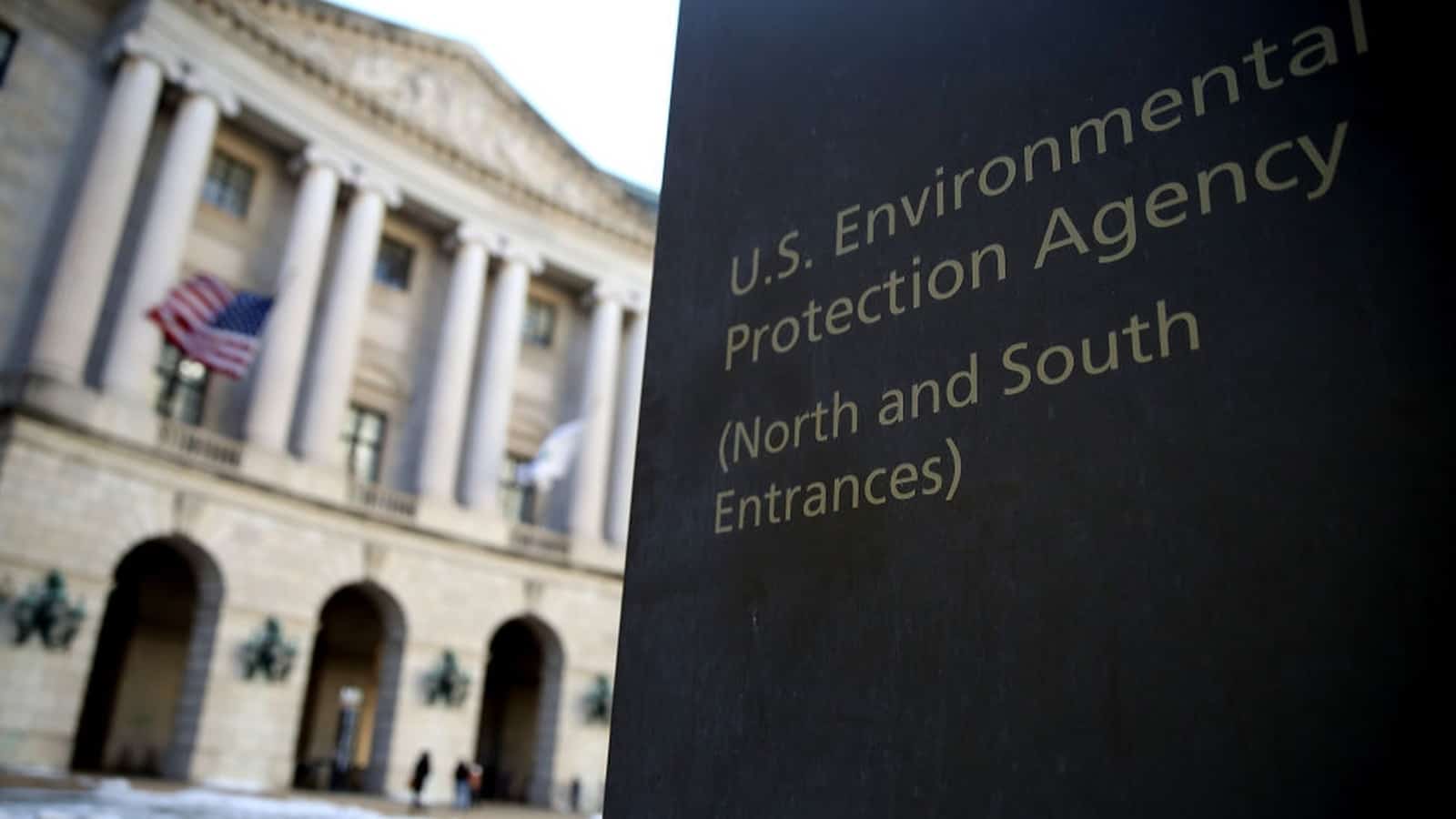EPA Proposes PFAS Standards

The Environmental Protection Agency has proposed the first federal limits on two chemical compounds that were used widely in everyday products for decades, The Wall Street Journal (subscription) reports.
What’s going on: “The agency is proposing maximum allowable levels in the nation’s public drinking-water systems for two compounds in a class of chemicals known as perfluoroalkyl and polyfluoroalkyl substances, or PFAS, which were used for decades in carpeting, clothing, food packaging, firefighting foam and other consumer and industrial products. The EPA also said it would regulate four other PFAS chemicals by requiring treatment if the combined level reaches a certain concentration.”
- The suggested limits under the Safe Drinking Water Act are part of a larger move by the EPA to tighten rules around “forever chemicals”—so known because they take years to break down—owing to “a growing number of studies [that] have shown links to a variety of cancers, thyroid disease, high cholesterol and other issues.”
- The two individual chemicals under discussion are known as PFOA and PFOS, which various industries began using in the 1940s for their ability to resist grease, corrosion, water and stains, as well as to douse fires.
Why it’s important: While the EPA says the change would prevent numerous deaths and illnesses, not everyone is assured of the soundness of the science behind it—and others say it would cost companies unnecessarily.
- Critics of the new proposed standard say the chemicals are still necessary components of numerous products, from cell phones to medical devices, and there are no viable alternatives. Moreover, when used correctly, PFAS compounds do not pose a significant health risk to humans or the environment, they say.
- One source told the Journal the new limits “would cost water systems $40 billion” in compliance-related spending.
Our take: “Everyone deserves access to clean drinking water, and manufacturers continue to do their part to ensure we achieve the highest levels of environmental stewardship,” said NAM Director of Energy and Resources Policy Chris Morris.
- “Manufacturers in America are committed to the communities in which they live and serve and are dedicated to protecting the health, safety and vibrancy of those communities. The EPA’s proposal leaves many questions unanswered on the feasibility of meeting these new standards and the economic impacts this will have on communities, especially rural communities and consumers. The NAM looks forward to continuing to work with the EPA to ensure everyone has access to clean drinking water.”
